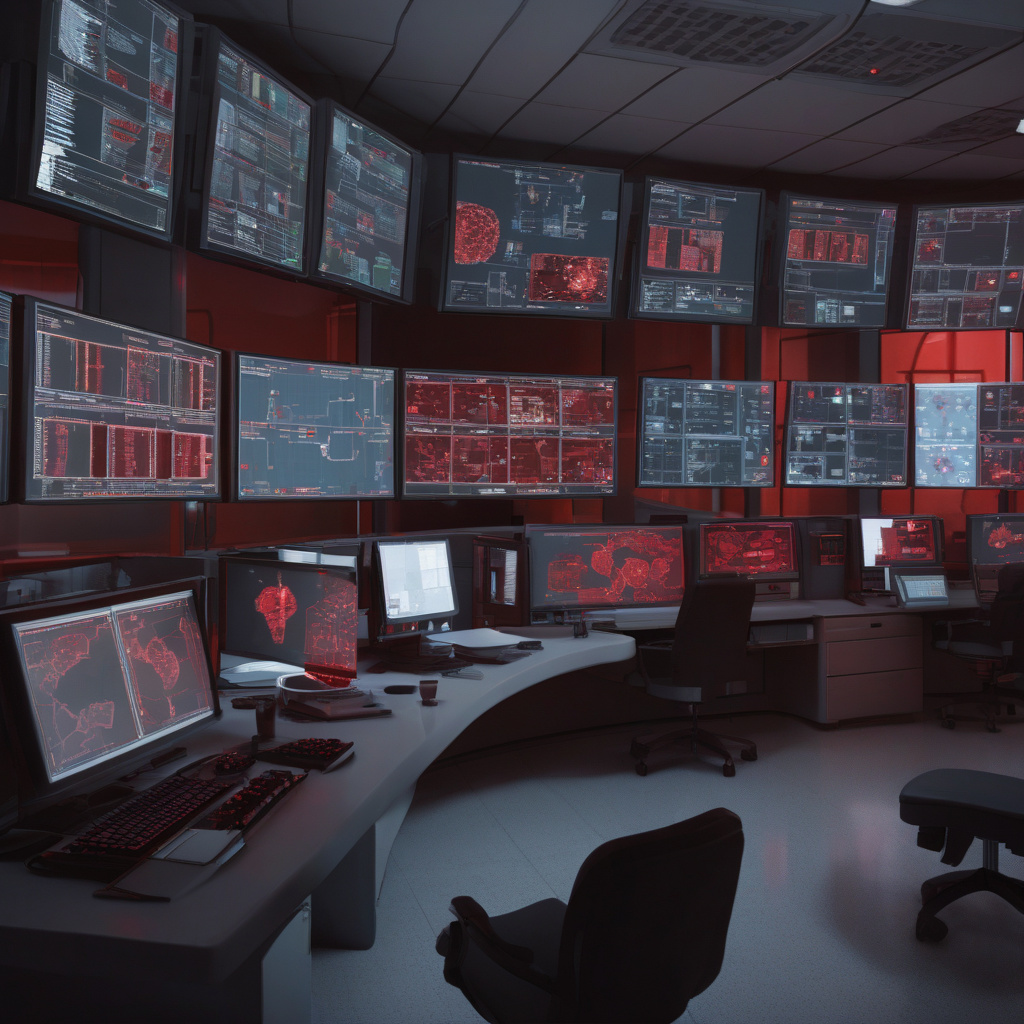Ransomware attacks have become a significant threat to organizations worldwide, with healthcare institutions being particularly vulnerable. The recent Interlock ransomware incident targeting healthcare organizations has highlighted the dire consequences of such attacks. One striking example is the data breach at UnitedHealth, where 190 million Americans’ personal and healthcare information was compromised during the Change Healthcare ransomware attack. This staggering number underscores the urgent need for enhanced cybersecurity measures within the healthcare sector.
Interlock ransomware is a sophisticated form of malware that infiltrates systems through various means, such as phishing emails, unsecured networks, or outdated software. Once inside a healthcare organization’s network, Interlock encrypts critical files and demands a ransom for their release. This malicious software can spread rapidly across interconnected devices, causing widespread disruption and potentially putting patients’ lives at risk.
Healthcare organizations are prime targets for ransomware attacks due to the sensitive nature of the data they hold. Patient records, medical histories, and financial information are invaluable to cybercriminals seeking to extort money or sell data on the dark web. The interconnected nature of healthcare systems also makes them susceptible to cascading failures if ransomware infiltrates critical infrastructure.
To combat Interlock ransomware and similar threats, healthcare organizations must prioritize cybersecurity best practices. Regularly updating software and security protocols, conducting employee training on phishing awareness, and implementing robust data encryption are essential steps to mitigate risk. Investing in advanced threat detection and response solutions can also help organizations detect and neutralize ransomware attacks before they cause irreparable harm.
Furthermore, collaborating with cybersecurity experts and sharing threat intelligence within the healthcare industry can strengthen defenses against evolving ransomware tactics. Proactive monitoring of network traffic, implementing access controls, and performing regular data backups are crucial measures to prevent data loss and minimize the impact of ransomware attacks.
In conclusion, the Interlock ransomware attack on healthcare organizations serves as a wake-up call for the industry to bolster its cybersecurity defenses. By understanding the tactics used by cybercriminals, staying vigilant against emerging threats, and investing in robust security measures, healthcare organizations can protect sensitive data and uphold their commitment to patient confidentiality. Mitigating the risks posed by ransomware requires a collective effort from stakeholders across the healthcare sector to ensure the integrity and security of vital healthcare information.

